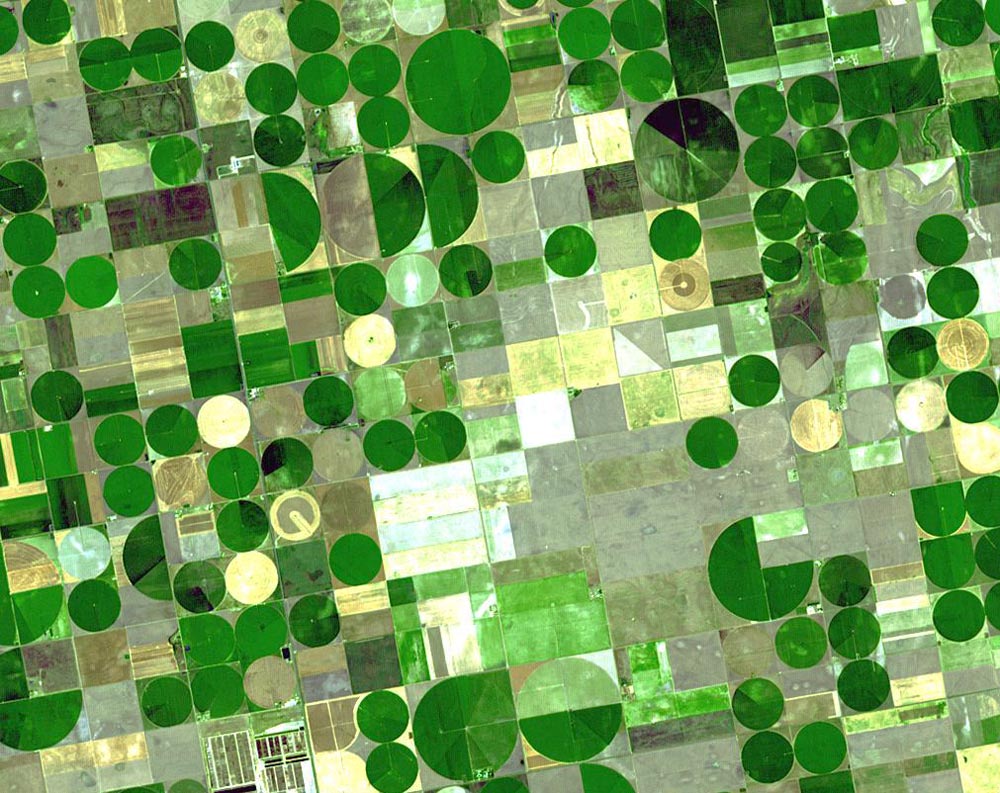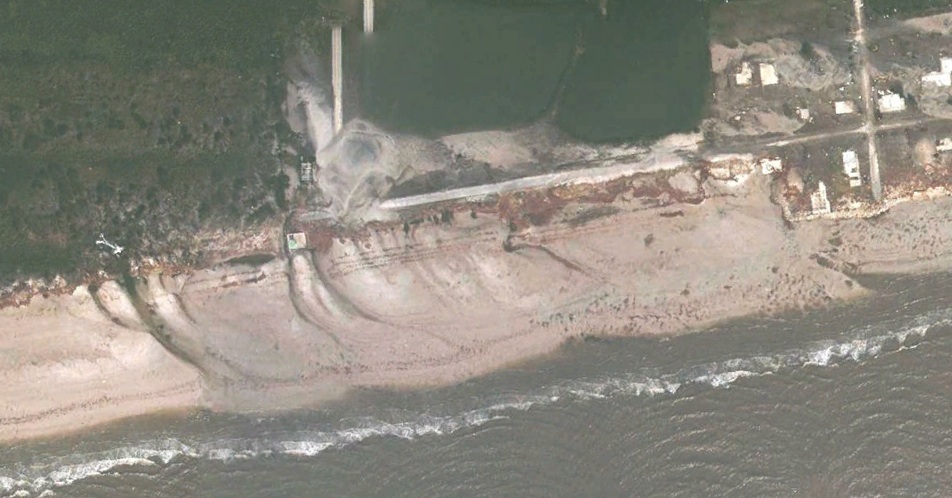The Dialectics of Geomorphic Complexity
Nearly 10 years ago, while pondering complex nonlinear dynamics in geomorphic systems, I was struck by how often we reduce problems to the interplay of opposing forces (e.g. uplift vs. denudation; soil formation vs. soil erosion, etc). I began to wonder how the concept of dialectics might be applicable in Earth sciences, or maybe I just wanted to increase my pseudo-intellectual street cred by using "dialectics" in an article. Anyway, I started work on a manuscript with the working title shown above, and then dropped it. I rediscovered it on the hard drive recently, and while I still can't convince myself it is journal article material, I do think there's some potentially interesting ideas there.
What you see below is what I wrote in early 2006 (thus the absence of reference to work since then), unmodified except for putting in a few graphics to relieve the visual tedium.
1. Introduction
The title begs at least three questions: what do I mean by dialectics, how am I defining complexity, and how do I propose to link them?
1.1. Geomorphic Complexity



